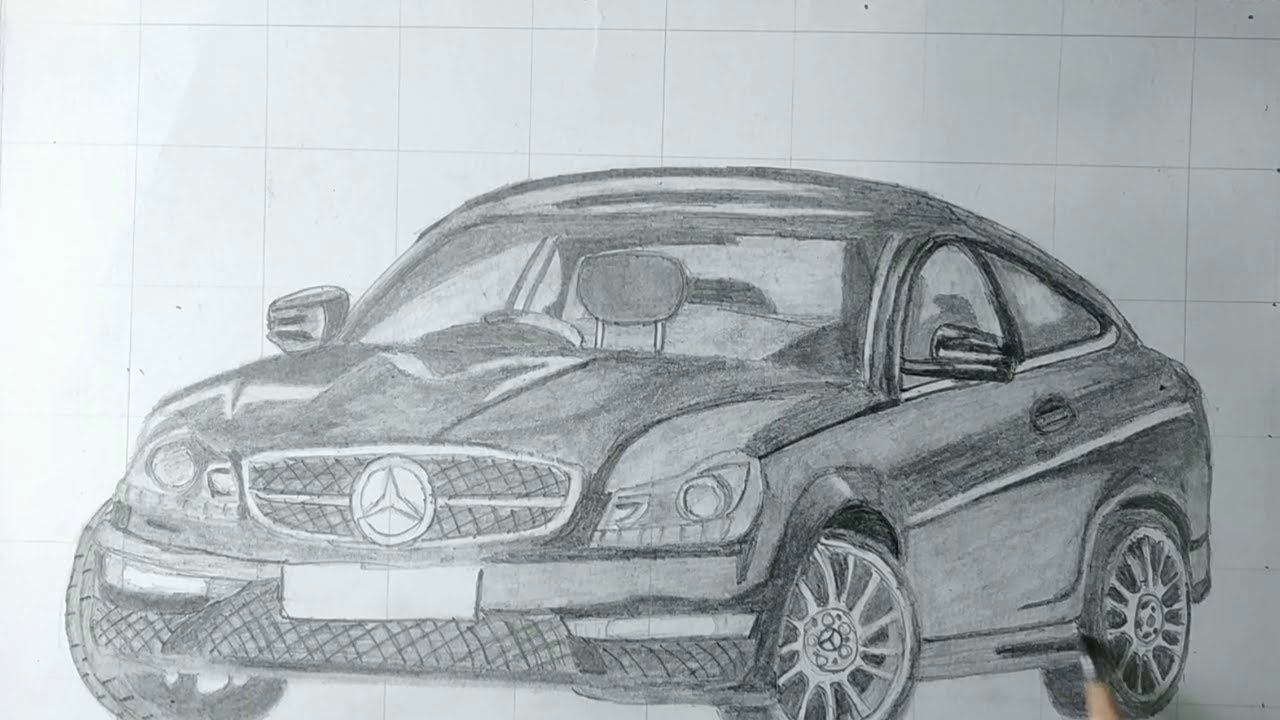Automobile sketching refers to the process of creating hand-drawn sketches or digital illustrations to visualize and explore the design of automobiles. It is an essential part of the automotive design process, allowing designers to quickly generate and communicate ideas, explore different design concepts, and capture the overall form and proportions of the vehicle.
Here are some key aspects of automobile sketching:
- Conceptualization: Automobile sketching begins with conceptualization, where designers generate ideas and explore different design directions. Sketching allows designers to quickly express their creative vision, experimenting with various shapes, lines, and proportions to define the overall look and feel of the vehicle.
- Freehand Sketching: Freehand sketching is a common technique used in automobile design. Designers use pencils, markers, or digital styluses to draw directly on paper or sketching tablets. Freehand sketching allows for spontaneous and expressive strokes, enabling designers to capture the dynamic nature of the vehicle design.
- Proportions and Form: Automobile sketching focuses on capturing the proportions and form of the vehicle. Designers emphasize the main elements such as the body shape, wheelbase, roofline, and other defining features. It is important to understand and apply the principles of perspective, scale, and proportion to ensure accuracy and visual appeal in the sketches.
- Line Quality and Rendering: Automobile sketches often include various types of lines to convey different elements of the design. Contour lines define the outer edges, while construction lines help establish the basic structure and proportions. Shading, hatching, and rendering techniques can be used to add depth and volume to the sketches, giving them a more three-dimensional appearance.
- Exploration and Iteration: Sketching allows designers to explore multiple design options quickly. They can sketch different variations, experiment with different proportions, and refine the details of the vehicle design. This iterative process helps designers refine their ideas and select the most promising design direction to further develop.
- Communication and Presentation: Sketches serve as a visual language that designers use to communicate their design ideas to colleagues, clients, and stakeholders. They can present sketches in meetings, design reviews, or as part of a design portfolio. Sketches effectively convey the overall design intent and provide a starting point for further discussions and development.
- Digital Sketching: With advancements in digital tools and software, automobile sketching has expanded into the digital realm. Digital sketching allows designers to create sketches using specialized software or tablet-based applications. Digital tools offer advantages such as easy editing, layering, and the ability to quickly experiment with different colors and textures.
Automobile sketching is an essential skill for automobile designers, allowing them to quickly visualize and communicate design ideas. It is a flexible and intuitive method that encourages creativity and exploration, helping designers refine their concepts and shape the future of automotive design.

